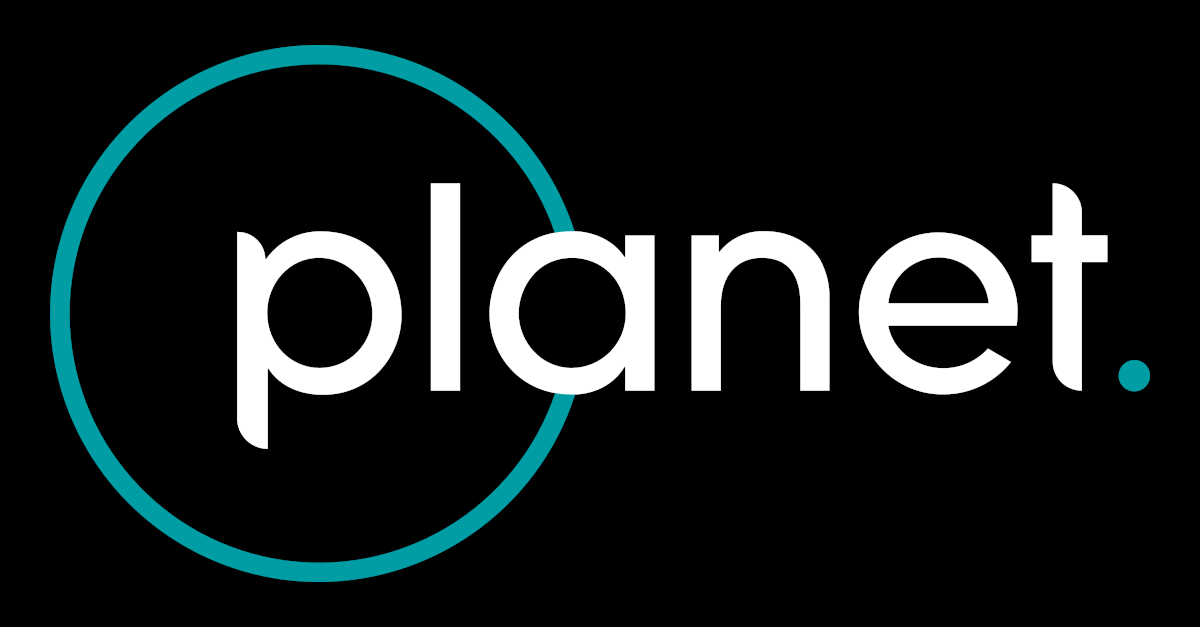Planet Launches First Pelican Tech Demonstration and 36 SuperDoves with SpaceX
Planet Labs PBC (NYSE: PL), a leading provider of daily data and insights about Earth, announced that Pelican-1, the first tech demonstration satellite for its next-generation, high-resolution Pelican fleet, along with 36 of its SuperDoves, Flock 4Q, were successfully launched to orbit on SpaceX’s Transporter-9 mission from Vandenberg Space Force Base on Saturday, November 11, 2023. The Planet team has successfully made contact with each satellite and started its commissioning process.
The launch of Pelican-1 is a major milestone for Planet’s next-generation high-resolution mission. Over time, the Pelican constellation is expected to offer a more capable and cost-effective upgrade to the Company’s current high-resolution satellites, the SkySats. Pelican-1 is not expected to produce commercially available data; rather the R&D satellite is tasked with collecting information and on-orbit learnings for integration into Planet’s future Pelican and Tanager designs, which share a common satellite bus.
“Pelican-1 was designed and built entirely by the Planet team in our manufacturing lab in San Francisco, an incredible feat to accomplish in just a few short years,” said James Mason, Planet’s Senior Vice President of Space Systems. “I am incredibly proud of the team’s dedication to this project and ready for the next phase of the mission - collecting instrumental learnings and feedback from Pelican-1 on-orbit. These learnings will be critical to both the Pelican and Tanager missions.”
Planet launches a number of SuperDoves each year in order to replenish its on-orbit medium resolution fleet with the latest technology and hardware. The 36 SuperDoves launched today, Planet’s Flock 4Q, have started their automated commissioning process and are expected to begin collecting imagery in the coming days. Today, Planet’s SuperDoves capture daily, 8-band data of Earth’s changing systems, allowing commercial users, researchers, and governments to gain unparalleled insight at regional and global scales.
